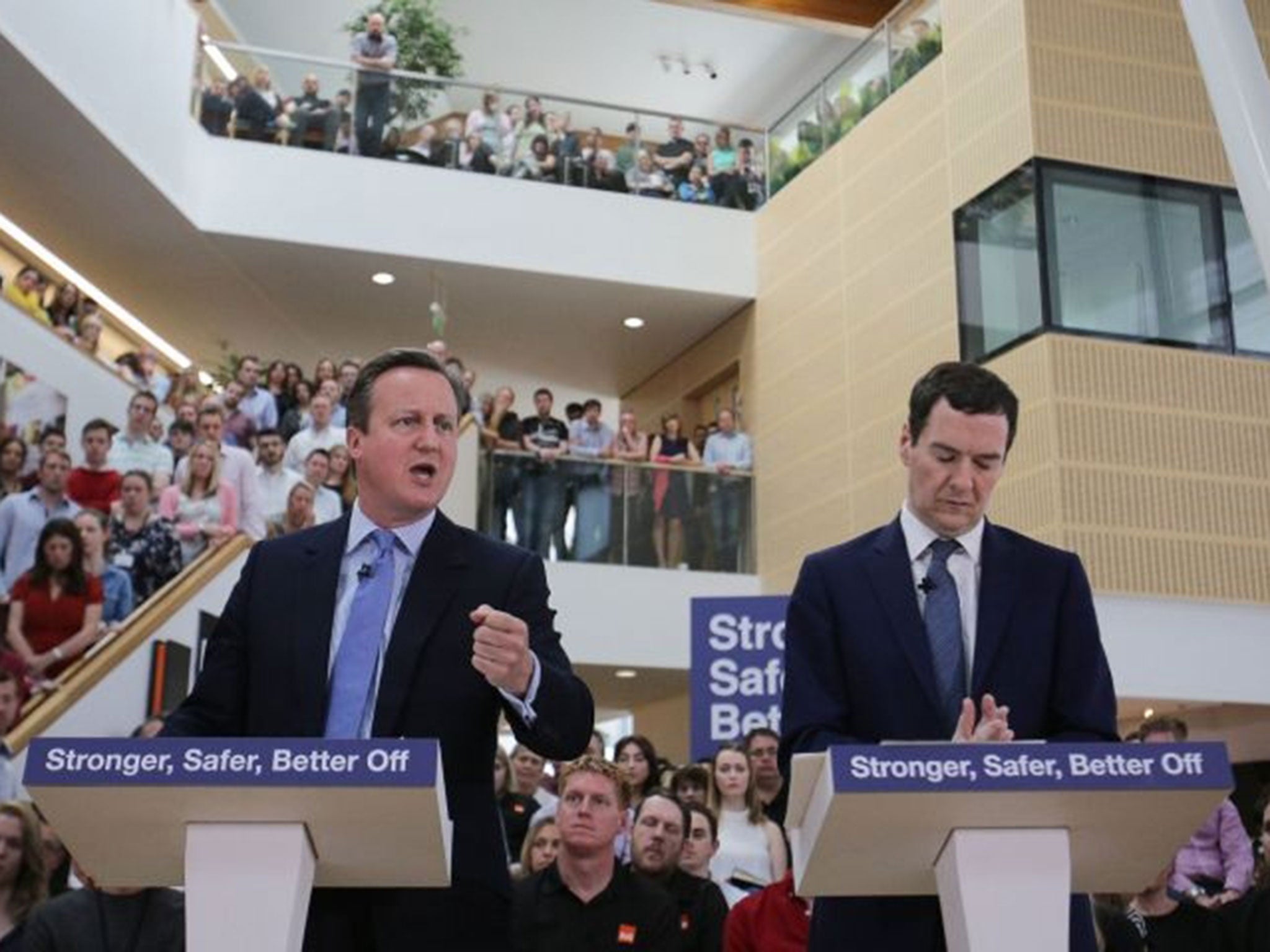EU Referendum: Five problems with the Treasury’s economic analysis of the impact of Brexit
From "recession", to house prices, to sterling, to the Bank of England, to objectivity

The Treasury's document on the short-term economic impact of a vote to leave the European Union on 23 June has been treated as broadly credible by independent economists. And Sir Charles Bean, a respected former Deputy Governor of the Bank of England, has called it "reasonable".
Yet some economists have, nevertheless, pointed out problems with the presentation and certain assumptions in the work.
Claim 1: There would be a recession in the event of Brexit
The problem:
The detail of the Treasury’s work suggests under its “shock” scenario GDP would fall by 0.1 per cent in four successive quarters from Q3 2016. The definition of recession is two quarters of negative growth. In other words there is a very fine line between “recession” and “no recession” in this scenario.
And given the record of revisions to quarterly GDP estimates from the Office for National Statistics over recent years (with many of the revisions being upward) George Osborne was over-egging it when he said categorically today that “a vote to leave will push our economy into a recession”. The Treasury document certainly suggests a strong risk of such an outcome. But it is not a nailed-on certainty in the way the Chancellor suggested.
Claim 2: House prices would fall by 10 per cent
The reality:
This finding, which was leaked out in advance on Friday night, referred to the level of average house prices in 2018 relative to where they would be otherwise at that date. But the Office for Budget Responsibility, the Treasury's official forecaster, had estimated house prices to rise by 10 per cent over that period. That implies that relative to today nominal average house prices would, in fact, be flat. Many would find the headline “house prices to be flat for two years” much less alarming.
The Treasury “severe shock” scenario does suggest an 18 per cent fall, which would translate into an 8 per cent fall on today’s prices. But even this is less severe than the 2008 UK house price correction, when prices fell by around 20 per cent over three years.
Claim 3: The Bank of England would not cut interest rates
The reality:
This is an assumption made in the work to make the Treasury’s modelling more tractable. Some say it is hard to imagine the Bank of England sitting on its hands while output slumps dramatically. Arguably, the Bank would cut rates, or do more Quantitative Easing, in the event of a return to recession, in order to avoid undershooting its official 2 per cent official target. If successful this stimulus would prevent GDP falling as far as the Treasury assumes.
However, in fairness to the Treasury, the Bank has itself said that if capital fled the UK and inflation spiked it might need to raise short-term rates, which would make the slump worse than in these results. The document also assumes that the Chancellor would not loosen fiscal policy in response to a new recession – which some say is fanciful.
Claim 4: The value of the pound would fall between 12 and 15 per cent
The problem:
We simply cannot know how financial traders would respond, nor the balance of supply and demand for sterling assets in the wake of Brexit vote, with this level of precision. Again, in fairness to the Treasury, though, it’s possible that there could be an overshoot on the downside for sterling, making this an under-estimate.
Claim 5: This was an independent and objective exercise
The problem:
The Treasury is not independent of the Government and the official position of the Government is that the UK should remain in the EU. The document would have had more credibility if it had been created by the genuinely independent Office for Budget Responsibility. The OBR is entrusted with macroeconomic forecasts at Budgets. It could have been tasked with doing the same for Brexit. The failure of the Treasury document to discuss margins for error in its forecasts also detracts from the impression of objectivity.
The failure to model the impact of a Norwegian-style UK-EU free trade deal - as the Treasury's recent work on the long-term Brexit impact did and which would arguably be less damaging than the two scenarios the Treasury did model - also detracts from the impression of independence.
Subscribe to Independent Premium to bookmark this article
Want to bookmark your favourite articles and stories to read or reference later? Start your Independent Premium subscription today.

Join our commenting forum
Join thought-provoking conversations, follow other Independent readers and see their replies